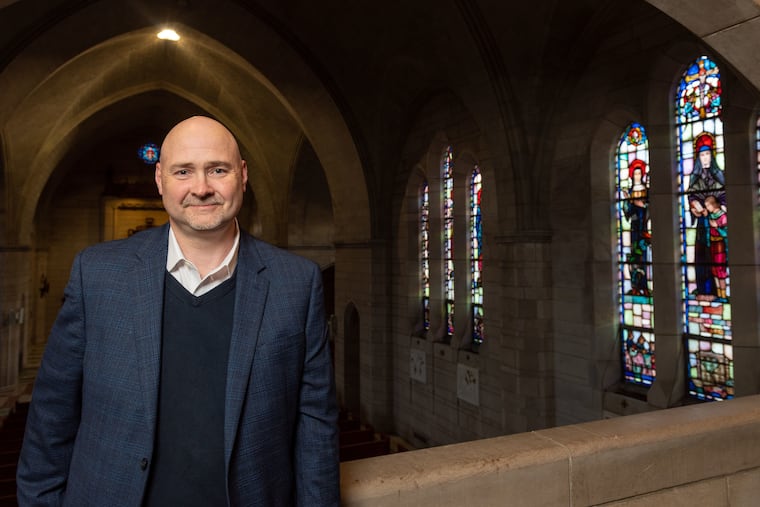A new college president amid COVID: Rosemont’s Jayson Boyers makes plans for fall reopening from afar
A new college president faces an ambitious workload under any circumstances, meeting many campus constituents, while learning about the community. During a pandemic, those tasks become exponentially more difficult with most campuses largely shuttered and facing the challenge of safely reopening.
